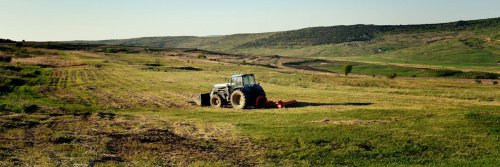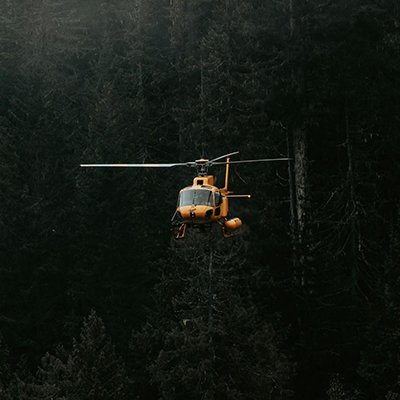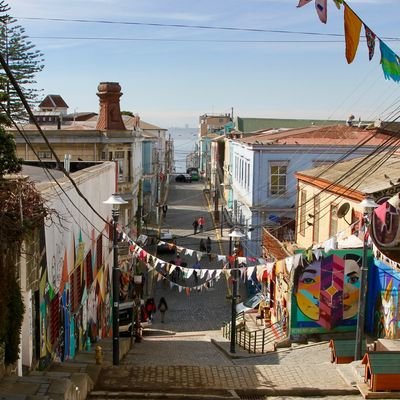The lyrics of the children’s song ‘If you go down to the woods today’ have nothing to do with Romania, but whenever I think of bears, it’s this song that comes to mind. The melody for this song was written by an American composer in 1907, and the lyrics were added in 1932 by an Irish songwriter. A whimsical and childish fantasy of having a picnic in the woods with a favourite teddy bear is as fanciful as Romania's tradition of dancing with bears dating from the Middle Ages, when roaming gypsies visited villages with bears in tow doing a rhythmic shuffle. This old tradition is carried on today, but it’s people dressed as bears who dash from door to door wishing neighbours a prosperous new year over the Christmas period and to ward off evil spirits.
Outside of Russia, Romania has the largest brown bear population, between 10,000 and 13,000, predominantly lurking in the high Carpathian Mountains. They are portrayed in Romanian folklore as protective and powerful creatures, even sacred, with magical and healing properties. Quirky beliefs alluded that the mere presence of a bear could cure fevers and arthritis, as well as ward off any evil spells that may have been inflicted upon a person. For the hardy believer, they would have a bear step on their back to receive good luck, and babies when born would be anointed with bear fat to give them strength. Bears have been pictured in Romanian myths since the warring Indo-Europeans known as 'Thracians' rumbled around in the mid-2nd Millennium BC. The bear is depicted as a symbol of ancestry and revered by the Thracians in their religion.
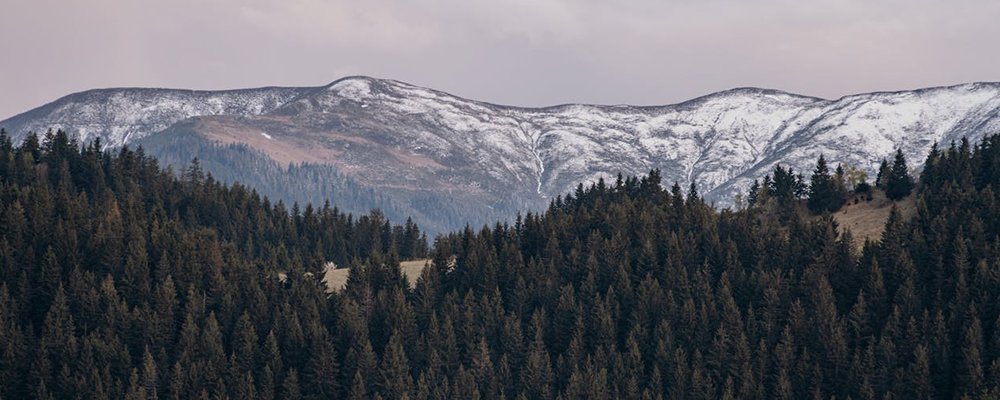
Romania's bears are quirky critters affectionately referred to as 'lovable beasts' despite their proclivity to attack humans. They would, in fact, prefer to keep to themselves, but as human activity in their habitat increases, so do the attacks. Usually, it's a case of a bear feeling threatened, especially mother bears protecting their cubs, or if a hiker startles a bear while out trekking in the woods. The forests of the Carpathian Mountains, with their thick and dense cover, are where the majority of the bears live in dens. They also linger in wood pastures and grasslands for the easy picking of fruit trees, shrubs, and anthills. Bears are out looking for food predominantly in the mornings and evenings, resting under a thick canopy during the middle of the day.
Romanian bears ignite the imagination as they often eat what humans like, and pick up things with their 'fingers'. They can stand on two feet, run on the soles of their feet at a surprising speed, and climb trees despite their large size—they can grow up to 7ft and weigh between 100-350kg. They chat to each other using moans, grunts, and growls, and are known to invite their peers to play with a comical open-mouth grin. Blessed with the biggest brain-to-body weight correlation of the carnivore family, bears are problem solvers. They are quite intelligent, opportunistic, and adaptable to their environment. They mate from May to July, giving birth to their bubs during their light-hibernation in January to March. Their babies stay with mum for up to the second or third year of their life to learn how to survive.
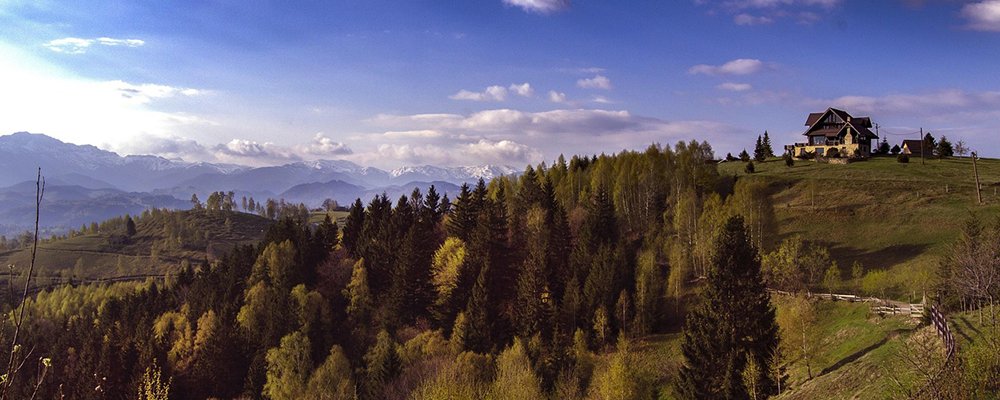
It's not only bears that play in the wilds of the virgin forests in the Carpathian Mountains, but wolves, lynxes, and goat antelopes known as 'chamois' call the region home. This spectacular mountain range creates a semicircle around Transylvania of Count Dracula fame that's cloaked in medieval castles, old fortified churches, and landscapes that take your breath away. Other towns of note include Cluj-Napoca and Brașov amidst national parks of iconic landscapes such as the spectacular limestone ridge and ancient villages like Fundata in Piatra Craiului National Park. Considered to have the most beautiful scenery, the Retezat National Park is a wonderland of glacial lakes and massive peaks where wolves howl at night. Apuseni National Park is where you will find 'Bears Cave' (famous for its bed of ancient bear fossils), the Scărișoara Ice Cave, and fascinating karst formations. The Bucegi Natural Park is known for its wildlife and fantastic hiking trails. The highest peaks in the Eastern Carpathians can be found in the Rodna Mountains National Park in a country with 14 mountain ranges soaring over 2,000 meters into the sky.
If you aren't into camping in the bears' backyard and would like four sturdy walls around you with a touch of decadent luxury, there are several lodges in the Carpathian Mountains where you can perve on the animals during the day, then chill out by a fire complete with a fine Carpathian single malt whisky at night. The eco lodge Carpathian Estate boasts a spa and wellness hub for those tired limbs after a hike. The epitome of luxury can be found in the immaculately restored 300-year-old residences of Bethlen Estates in Transylvania. And, the boutique hotel Mezi Plutky will restore your soul by merely peering at its incredible backdrop of forest-clad mountains.
Gail Palethorpe, a self proclaimed Australian gypsy, is a freelance writer, photographer and eternal traveller. Check out her website Gail Palethorpe Photography and her Shutterstock profile.

